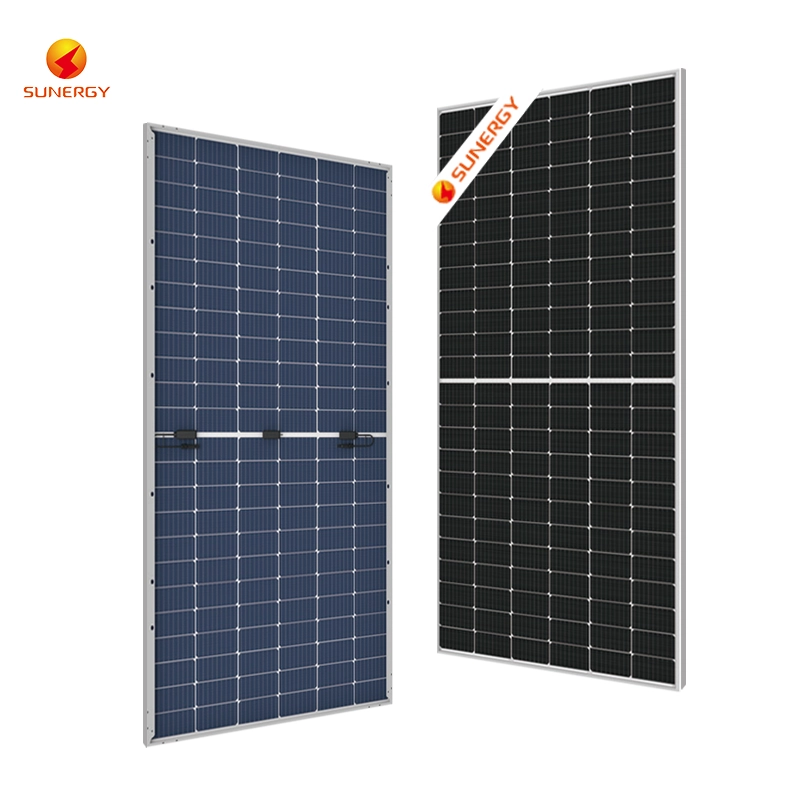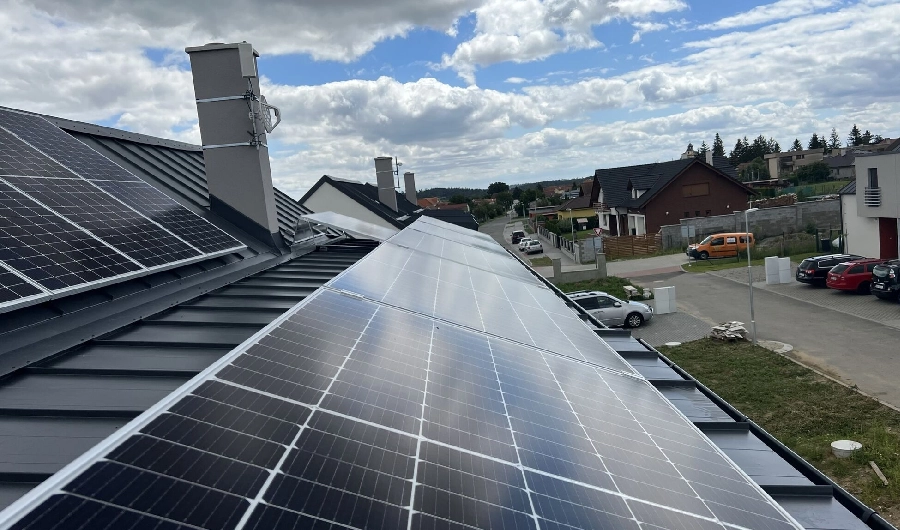Meet the Author
Chinaland Solar Energy Co., Ltd. (SUNERGY)
Established in 2008, Chinaland Solar Energy Co., Ltd. (SUNERGY) stands as a beacon of innovation and excellence in the realm of solar energy. As a high-tech enterprise, SUNERGY is dedicated to the comprehensive advancement of solar technology, spanning research and development, production, sales, and service of solar modules and photovoltaic power generation systems.
With a steadfast commitment to quality and sustainability, SUNERGY has emerged as a leading brand in the photovoltaic industry. Our reputation for excellence is built upon a foundation of industry-leading module R&D capabilities and manufacturing levels, ensuring that every product deliver is of the highest standard.
As advocates for a greener, more sustainable future, the experts at SUNERGY are passionate about empowering individuals and communities to harness the power of the sun. Through their expertise and dedication, they continue to pave the way for a brighter tomorrow, one solar panel at a time.

Solar power generation has emerged as one of the most promising and sustainable methods for producing electricity. As concerns over fossil fuel dependency, climate change, and energy security continue to grow, solar energy presents a clean and renewable alternative. This article explores the various methods of solar power generation, how they work, their applications, and the benefits they offer.
Understanding Solar Power Generation
Solar power generation involves converting sunlight into electricity using different technologies. The fundamental principle behind solar power is the photovoltaic effect or concentrating solar power (CSP) systems. Both methods harness solar energy but do so in different ways.
1. Photovoltaic (PV) Systems
Photovoltaic systems are the most common method for generating solar power. They utilize solar panels composed of many solar cells made from semiconductor materials, typically silicon. Here’s how they work:
How PV Systems Work
Absorption of Sunlight: When sunlight hits the solar cells, it excites electrons in the semiconductor material, causing them to flow.
Generation of Direct Current (DC): This movement of electrons creates a flow of electric current known as direct current (DC).
Inversion to Alternating Current (AC): Since most household appliances use alternating current (AC), an inverter converts the DC generated by the solar panels into AC electricity.
Distribution: The AC electricity can then be used immediately to power homes, businesses, or fed into the grid.
Applications of PV Systems
Residential Installations: Homeowners install solar panels on rooftops to reduce electricity bills and become more energy independent.
Commercial Use: Businesses employ larger solar arrays to decrease operational costs and meet sustainability goals.
Utility-Scale Solar Farms: Large solar installations generate significant amounts of electricity that can supply entire communities.
2. Concentrating Solar Power (CSP)
CSP systems differ from PV systems by using mirrors or lenses to concentrate sunlight onto a small area, usually to generate heat. This heat is then used to produce electricity. CSP is particularly effective in sunny regions where large areas of land are available.
How CSP Works
Sunlight Concentration: CSP systems use mirrors or lenses to focus sunlight onto a receiver, often located at the focal point of a parabolic dish or along a linear trough.
Heat Generation: The concentrated sunlight heats a fluid (such as water or oil) within the receiver, increasing its temperature significantly.
Steam Production: The heated fluid is used to create steam, which drives a turbine connected to a generator, thus producing electricity.
Energy Storage: Many CSP systems incorporate thermal energy storage (e.g., molten salt) to store excess heat, allowing for electricity generation even when the sun isn’t shining.
Applications of CSP
Utility-Scale Plants: CSP is suitable for large-scale power plants that feed electricity directly into the grid.
Hybrid Systems: Some CSP plants operate in tandem with traditional power sources, providing a reliable backup during low-sunlight periods.
3. Solar Water Heating
While not directly generating electricity, solar water heating systems utilize solar energy for heating purposes. These systems are commonly used in residential settings for hot water needs.
How Solar Water Heating Works
Collection: Solar collectors, usually installed on rooftops, absorb sunlight and transfer heat to a fluid (water or antifreeze).
Heat Transfer: The heated fluid circulates through a storage tank, raising the temperature of the water inside.
Usage: The hot water can be used for domestic purposes like bathing, cooking, and space heating.

Benefits of Solar Power Generation
Renewable Energy Source: Solar energy is abundant and inexhaustible, making it a sustainable choice for electricity generation.
Reduced Carbon Footprint: Utilizing solar power helps decrease greenhouse gas emissions and combat climate change.
Energy Independence: Generating electricity from solar installations reduces reliance on imported fuels and enhances energy security.
Job Creation: The growing solar industry creates numerous jobs in manufacturing, installation, and maintenance.
Cost Savings: Over time, solar power can lead to significant savings on electricity bills and reduce overall energy costs.

Conclusion
Solar power generation represents a powerful solution to the world's energy needs, offering a path toward a sustainable and environmentally friendly future. Whether through photovoltaic systems or concentrating solar power technologies, harnessing the sun's energy is becoming increasingly feasible and economical. As advancements in technology continue to evolve, solar energy will play a pivotal role in reshaping global energy landscapes, ensuring cleaner air and a healthier planet for generations to come. With ongoing investments and support for solar initiatives, the potential for solar power generation is virtually limitless.
